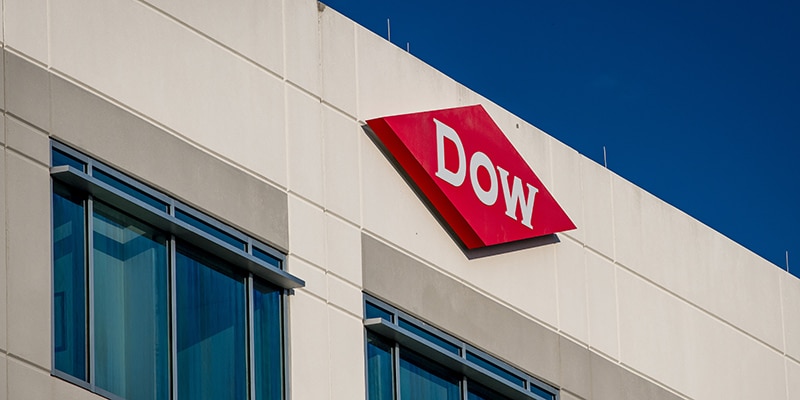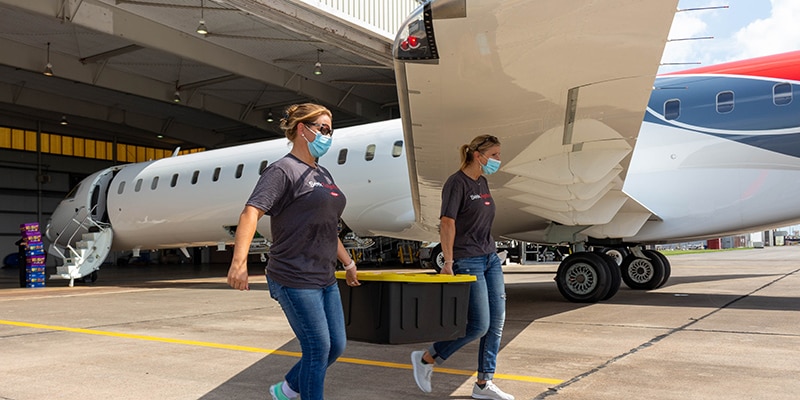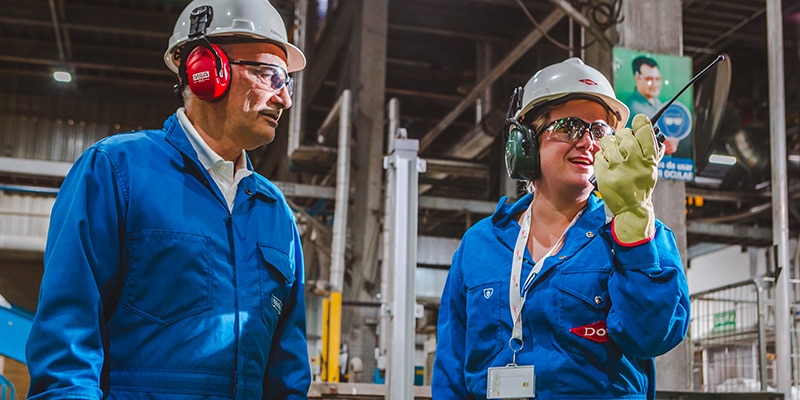
Business unusual: The case for plastics in a modern world
Together, we – government, industry and society – are changing systems through strong commitments and bold actions.
There’s been nothing usual about 2020. And that means going forward nothing should be “business as usual.”
Across industries we have had to rethink how we do business from top to bottom, accelerating our need for further digitalization and forcing us to build more resilient supply chains.
We have made strong commitments to move towards a more equitable and inclusive world, addressing the pervasive issues of inequality and injustice.
Together, we – government, industry and society – are changing systems through strong commitments and bold actions.
The issues our planet faces also require systemic change – from ending plastic waste to mitigating the effects of climate change.
So, when research and recommendations for ending plastic waste are put forward, we applaud them. Recently, Pew Charitable Trusts and SYSTEMIQ released a study providing results-oriented recommendations to ensure a near-plastic-free environment.
We’re actively working on or advocating for many of the solutions outlined in the study, including designing for recyclability, scaling up collection, enhancing both mechanical and advanced recycling, increasing waste management infrastructure and reducing sources of ocean plastic waste. It also notes the need for collaboration between the public and private sector; and it emphasizes focusing efforts where plastic leakage is the highest. These are key to our strategy as well.
However, the report does not acknowledge plastic’s contributions to a low-carbon future. If we’re truly focused on a “system change,” we need to look at the full system because ending plastic waste and reducing carbon are inextricably linked.
Studies show the environmental costs of plastics is 4X less than alternatives.
Placing a limit on plastic production does not take into consideration the total environmental impact of alternatives. Replacing plastic packaging with other materials would nearly double greenhouse gas emissions and would come with serious environmental tradeoffs. Additionally, alternative materials tend to weigh more and make up a larger percentage of waste. For example, according to the Environmental Protection Agency, in 2017, paper, glass, and metal waste in the U.S. was nearly 3x greater than plastic waste, contributing to higher handling costs for municipalities. Scientific criteria, such as required performance and environmental costs, should be considered when deciding whether plastic – or any material – is selected.
One of the most important functions of packaging is to provide food safety and security. Lightweight plastic provides the world with better access to fresh food, safe drinking water and medicine, and dramatically reduces food waste and the associated GHG emissions. According to the UN Food and Agriculture Organization: “If food wastage were a country, it would be the third largest emitting country in the world.”
To build more sustainable systems, we must acknowledge the benefits of plastics – for humanity and a low-carbon future. At the same time, understanding plastic waste is a significant problem, we also need to address the underlying infrastructure and design gaps.
Zero plastic waste belongs in our environment; it belongs in a circular economy.
Pew and SYSTEMIQ’s recent research uses “business as usual” as a benchmark for their future modeling. However, recent industry actions, progress and commitments are already demonstrating that we’ve moved beyond the status quo – and we will continue to accelerate these efforts. Today, there are hundreds of ongoing projects to capitalize on the benefits plastics provide. And they all center on stopping the waste, closing the loop, and making carbon reduction a priority.
- By 2030, we have committed to help stop the waste by enabling 1 million metric tons of plastic to be collected, reused or recycled through direct actions and partnerships. We’ll achieve this goal by advancing recycling technologies and transforming waste management systems.
- By 2035, we have promised to close the loop by enabling 100% of Dow products sold into packaging applications to be reusable or recyclable. Recyclability – of the packaging and the end product – must be considered at conception. So, with sustainability top of mind, we’re partnering across the value chain to help design solutions that will contribute to a circular economy, like we did with Bear Naked. This circular economy will prioritize the value of the material both in its initial and in its repeated use.
- By 2050, we intend to be carbon neutral. A carbon-neutral future is only attainable by capturing plastic’s low-carbon benefits. Dow’s advanced polyethylene (PE) enables our customers achieve their required performance while maximizing resource efficiency. This helps lower the world’s carbon emissions by an estimated 25 million metric tons. For example, the carbon footprint of a single one-liter glass milk bottle is equal to seven one-liter PE milk pouches. Additionally, we can reduce carbon emissions by increasing plastic recycling rates and improving infrastructure. Per ton of plastic recycled, we can save up to 1.5 tons of CO2 equivalent.
To achieve these goals, we’re going to have to take some big steps. That work has already begun.
This isn’t business as usual.
This unusual year has only accelerated our efforts to address the deeply interconnected challenges our planet faces; and we hope that it has inspired more of our partners – across the public and private sector – to collaborate with us on end-to-end change.
Jim Fitterling, Chairman and CEO





